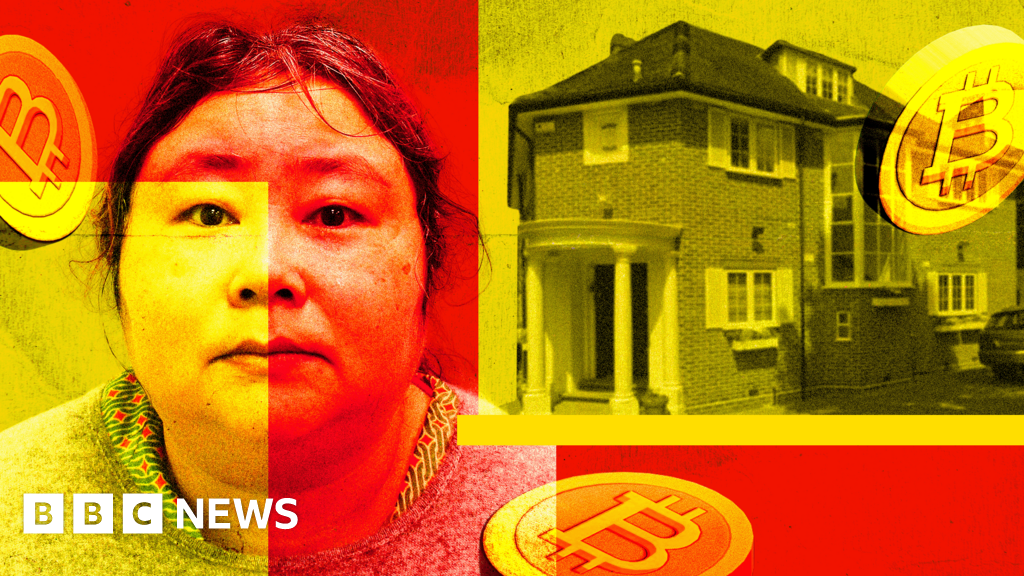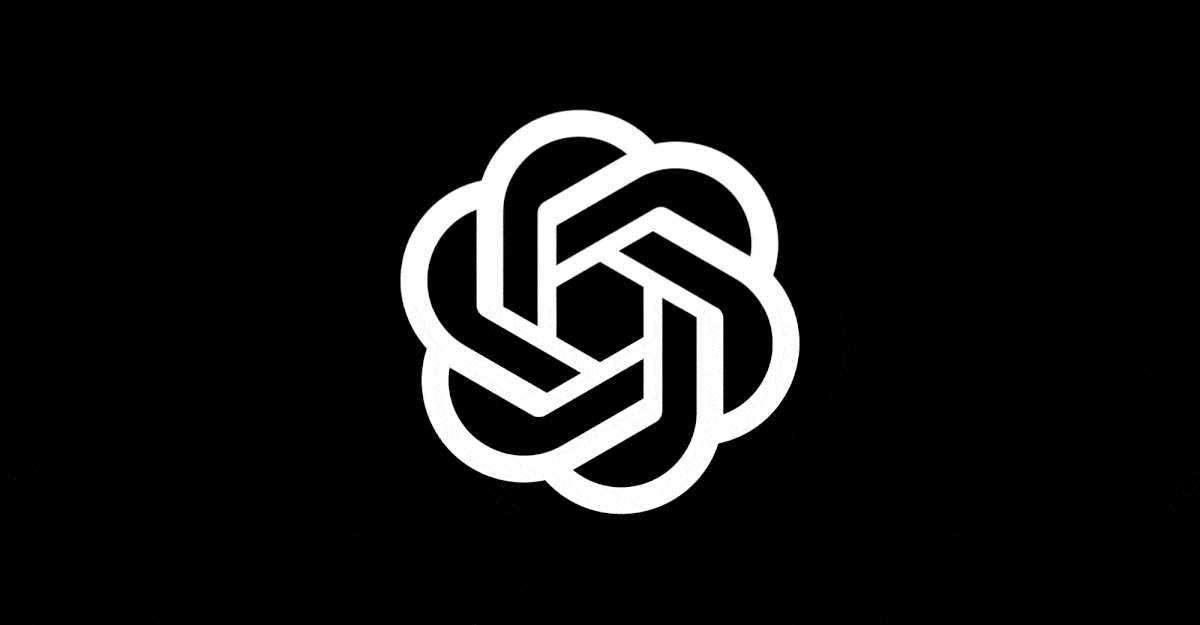July 10, 2025
TL;DR Gemini 2.5 Pro is a decent object detector, matching Yolo V3 from 2018 on MS-COCO val.
Multimodal Large Language Models keep getting better, but are they ready to dethrone CNNs in computer vision tasks like object detection? The allure of skipping dataset collection, annotation, and training is too enticing not to waste a few evenings testing.
I decided to write a small benchmark and check Gemini 2.5 on MS-COCO, focusing on object detection. You can find the code and more results here.


Hover or tap to switch between ground truth (green) and Gemini predictions (blue) bounding boxes
Dataset
MS-COCO is a classic in the object detection world, sure it's a bit dated and the masks/bounding boxes aren't super tight, still, it has a long history and it should be easy to place Gemini among the historical results.
There are 80 classes, from person to toothbrush. Object boundaries can sometimes be ambiguous, but this tends to even out across the dataset.
The validation set, which you are not supposed to train on, contains 5000 images. However there are no guarantees that Gemini didn't vacuum it up during its training.


COCO sees four cakes, Gemini sees only one
Prompt
I've embedded the list of valid classes from MS-COCO into the prompt, and asked it to follow my JSON output schema. I deliberately avoided explicitly mentioning COCO by name in case Gemini had seen it during training.
Full promptConfidence is important for calculating the Average Precision (see Measure section), however, from experience and some sampling the output only partially correlates with better matches.
I ran this prompt with and without structured output, and to burn a bit more credits I also tried both with and without a thinking budget (1024 tokens). For Pro, a thinking budget of 1024 tokens is the minimum, I also tried with 2048 tokens. The Gemini documentation recommends to turn it off, and looking at the result that seems like sound advice.
Measure
In object detection, mAP (mean Average Precision) is essentially the average precision of the model's predictions across multiple overlap thresholds (Intersection over Union - IoU), typically ranging from 0.5 to 0.95. Higher values are better. The goal here is to collapse a graph showing how precision changes as recall changes into a single number, since it's much easier to benchmark with a single number.
Here is some pseudo code, not sure if it makes things any clearer, there are also a lot of guides floating around for mAP with nice illustrations:
Results
The results are fairly clear:
- Pro is better than Flash, which is better than Flash-Lite.
- Adding a thinking budget reduces the performance significantly.
- Unstructured output was better for Flash and Flash-Lite but worse for Pro.
- Pro is much better at not returning invalid outputs.
| flash | 0 | structured | 0.224 | 0.381 | 47/5000 | 0.18s |
| flash | 0 | unstructured | 0.261 | 0.417 | 57/5000 | 0.20s |
| flash | 1024 | structured | 0.160 | 0.311 | 23/5000 | 0.27s |
| flash | 1024 | unstructured | 0.161 | 0.319 | 19/5000 | 0.28s |
| pro | 1024 | structured | 0.340 | 0.517 | 6/5000 | 0.46s |
| pro | 2048 | structured | 0.325 | 0.506 | 5/5000 | 0.30s |
| pro | 1024 | unstructured | 0.288 | 0.438 | 25/5000 | 0.47s |
| pro | 2048 | unstructured | 0.277 | 0.434 | 26/5000 | 0.54s |
| flash-lite | 0 | structured | 0.156 | 0.279 | 335/5000 | 0.37s |
| flash-lite | 0 | unstructured | 0.211 | 0.338 | 216/5000 | 0.23s |
| flash-lite | 1024 | structured | 0.140 | 0.273 | 168/5000 | 0.27s |
| flash-lite | 1024 | unstructured | 0.215 | 0.364 | 114/5000 | 0.24s |
This means Gemini Pro 2.5 structured (~0.34 mAP) is roughly on par with Yolo v3 (2018, ~0.33 mAP). State-of-the-art models like Co-DETR reach ~0.60 mAP.
I also wanted to add a mask output (base64 RLE encoded) as I thought it might increase the bounding box performance. Unfortunately, including the mask field caused the model to spiral into infinite loops, spewing out meaningless tokens, and burning my budget (maybe 5% of the time, but enough that I didn't complete the testing).


Sometimes Gemini is better than the ground truth
Conclusion
This benchmark isn't entirely fair, since CNNs are explicitly trained on these 80 classes. Even so, Gemini 2.5 Pro held its own surprisingly well. Loose bounding boxes can easily be refined by segmentation models like SAM. CNNs remain faster, cheaper, and easier to reason about, especially with good training data, but Gemini's versatility across open-set tasks feels almost magical. I'll definitely be using it in my side projects going forward.
Simon Willison covered this earlier this year, I recommend checking out his visualiser, and most of his blog posts for that matter.
The paper How Well Does GPT-4o Understand Vision? Evaluating Multimodal Foundation Models on Standard Computer Vision Tasks compares various large models on vision tasks, but they don't just prompt for bounding box coordinates, instead they do "recursive zooming", essentially dividing the image into a grid of cells and ask the model if part of objects are present in each grid. And then do this recursively on grids with objects. This is different from my benchmark which is just asking for all the objects at once.
.png)




